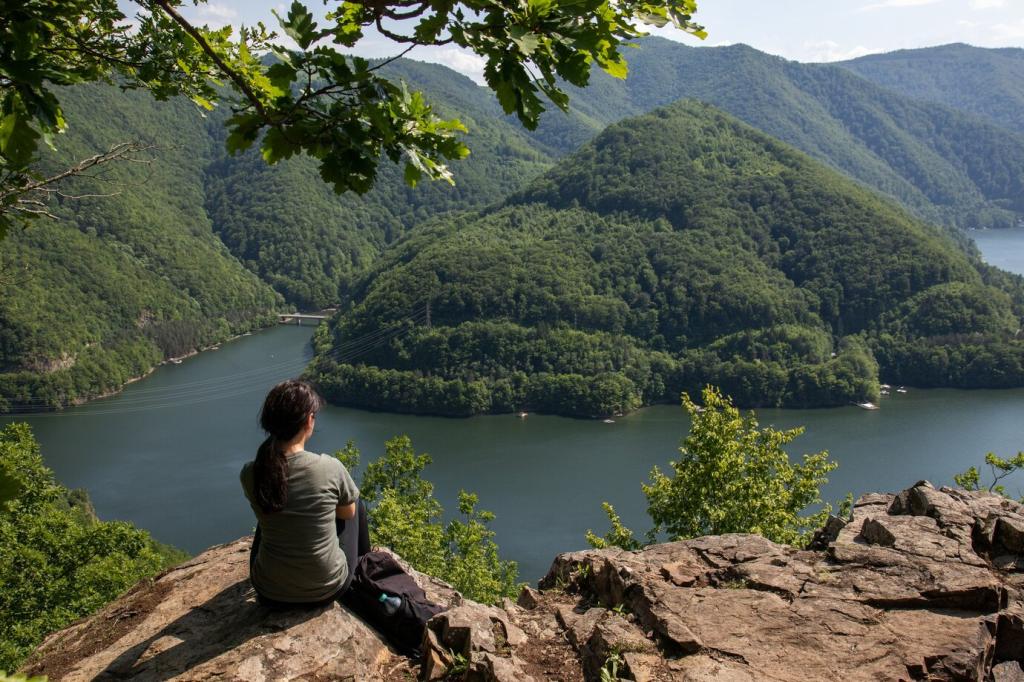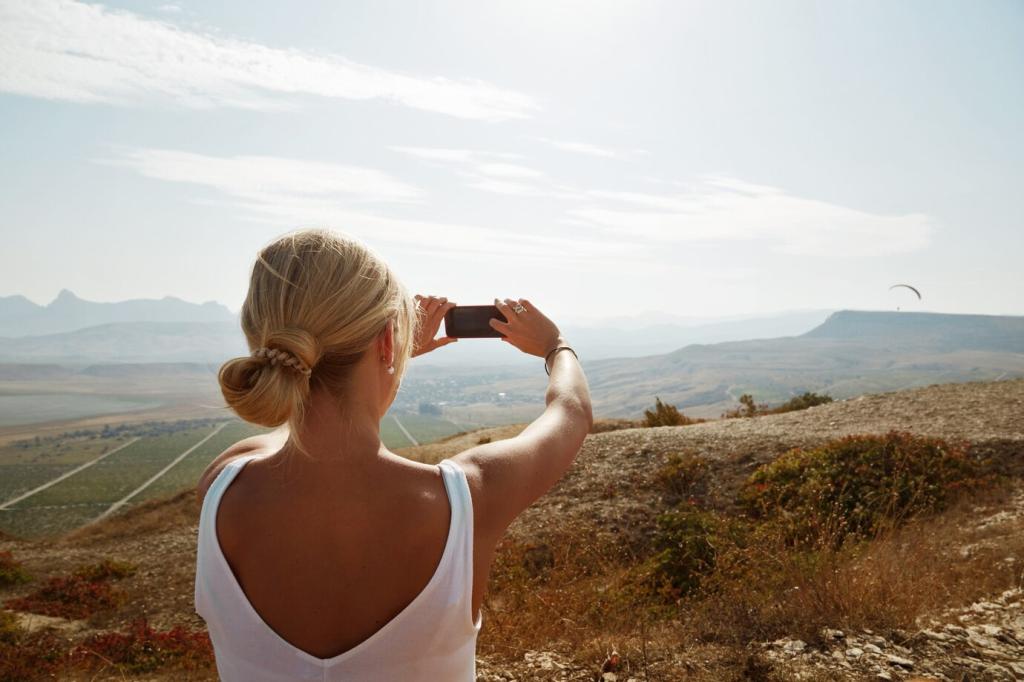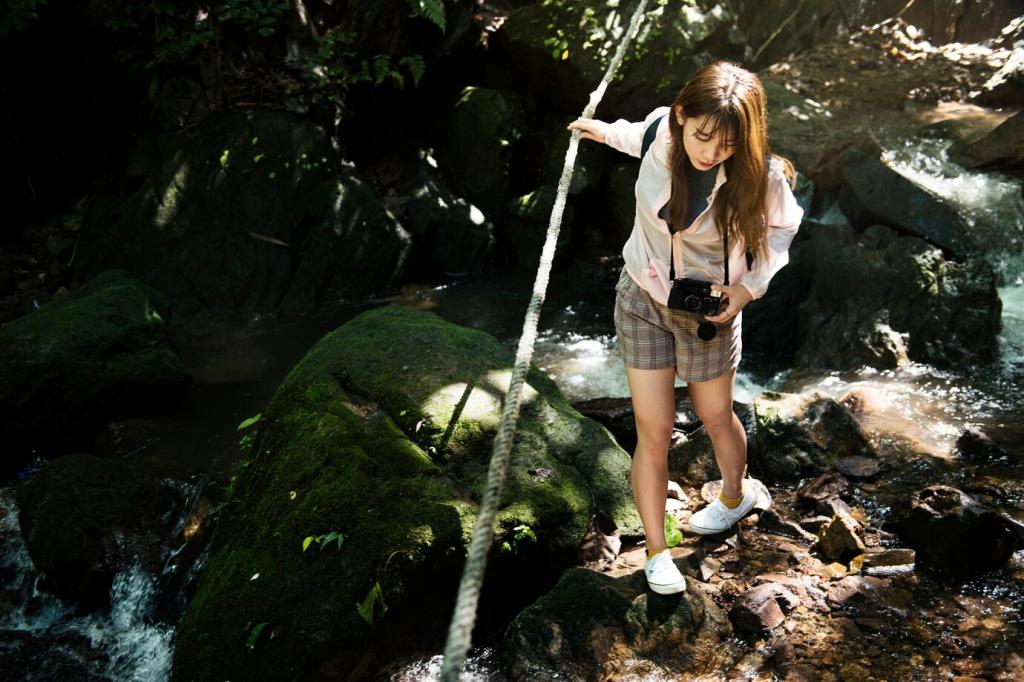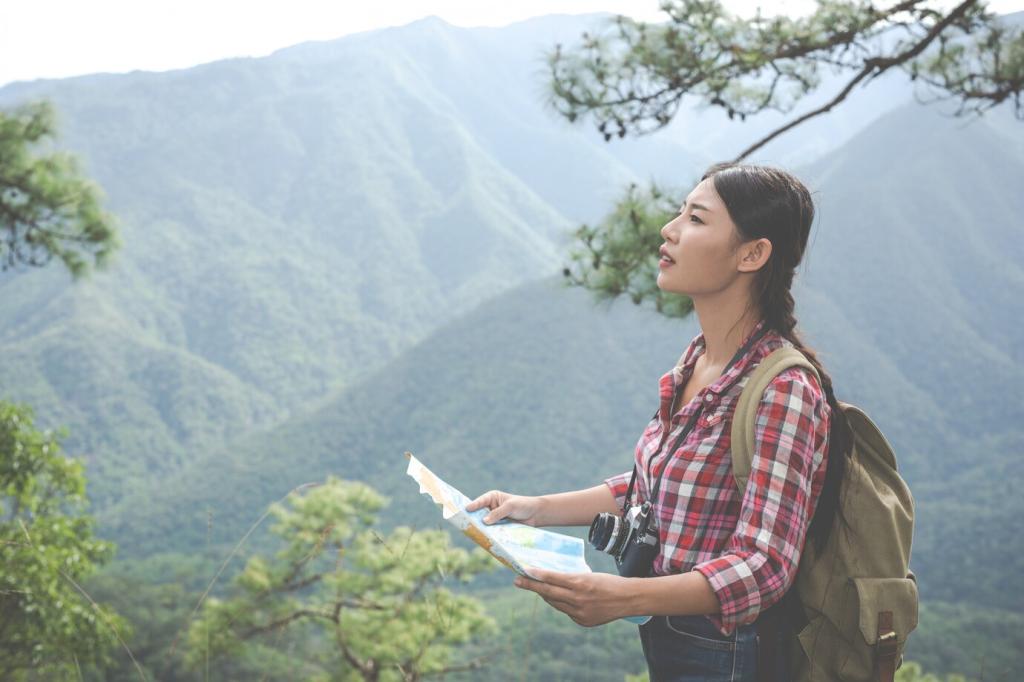Planning Your First Forest Conservation Retreat
Partner with land trusts, tribal stewards, or park rangers to identify sites needing volunteers now. Favor places with ongoing monitoring and clear management plans, so your efforts align with long-term goals and produce trackable changes across seasons.
Planning Your First Forest Conservation Retreat
Alongside sturdy gloves, water filters, and sun protection, bring quiet comforts: a field notebook, lightweight sit pad, and a thermos. Pack curiosity and patience too, because restoration moves at forest speed, not your spreadsheet’s imagined timeline.
Planning Your First Forest Conservation Retreat
Agree on shared goals, safety norms, and rest rhythms before arrival. Clarify accessible tasks, buddy systems, and respectful photography. Build in unscheduled listening time, so the forest—not the agenda—delivers the deepest lessons and informs your next steps.




